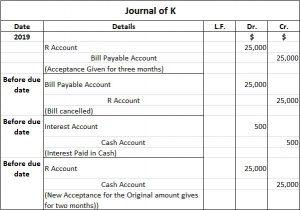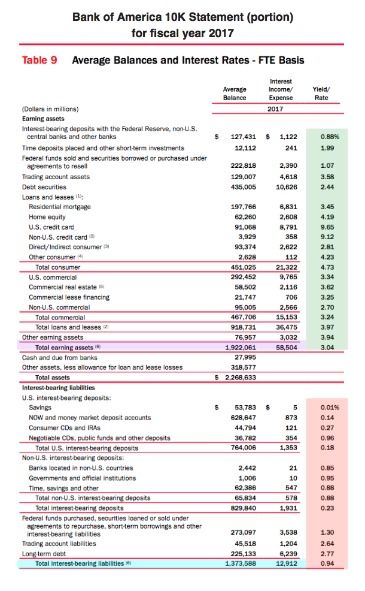
All disputes related to the distribution activity of insurance will not have access to Exchange investor redressal forum or Arbitration mechanism. The securities are quoted as an example and not as a recommendation.
Advantages and Disadvantages of 54EC Bonds
54EC are capital gain bonds, that is used to receive the capital gain tax exemption. If you have received capital gain from selling a property, you can invest in these bonds to avoid paying capital gain tax. The tax rate of capital gains arising from the sale of long-term capital assets is 20% if the individual fails to invest such capital gains in specified nonprofit bylaws best practices capital gains bonds.
- Investing in 54EC bonds requires fully understanding the terms, benefits, and limitations.
- Check out our Tax Planning Optimizer tool that helps you save taxes beyond Section 80C.
- The lock-in tenure as well the interest rate on these bonds is determined beforehand.
- Investors can compare them with FDs, PPF, and Debt Mutual Funds for returns.
Investing in Bonds: Stability for Secure Financial Growth
So, investment in bonds approved under Section 54EC do the same trick better. Section 54EC of the Income tax Act notifies certain bonds in which the capital gains can be invested to claim LTCG tax exemption. These bonds offer interest rate, which is 5.25 per cent from April 1, 2023 which is 25 basis points higher than FY23. 54EC bonds allow Indian investors to save taxes on long-term capital gains by investing in government-backed entities like PFC, IRFC, and REC. These bonds have a lock-in period of 5 years with interest rates around 5-6% per annum. Investors can compare them with FDs, PPF, and Debt Mutual Funds for returns.
Are capital gains bonds taxable on maturity?

Tax implications include exemptions on long-term gains and taxable interest income. These bonds are suitable for tax-saving and conservative investors seeking safety. In case this long-term asset is sold at gain after indexation benefit, this long-term capital gain is liable to be taxed. Section 54EC of Income Tax Act,1961 notifies certain bonds in which the accrued long term capital gain may be invested to claim LTCG tax exemption. These bonds are open for subscription from April 1 to March 31 of the financial year. Any financial instrument offers excellent financial leverage to an investor as their existing capital can be used to generate returns for them instead of remaining unused.
Q- What happens if a taxpayer invests in capital gains bonds after 6 months from the date of earning the capital gain?
REC (Rural Electrification Corporation), IRFC (Indian Railway Finance Corporation) & PFC (Power Finance Corporation Ltd) are the bonds eligible under Section 54 EC. You can apply for the 54 EC bonds offline (Physical) and online. Stock Brokers can accept securities as margin from clients only by way of pledge in married filing separate status on your 2021 or 2022 tax return the depository system w.e.f. September 1, 2020. These bonds are highly secure, sovereign in nature with a AAA rating. Insurance is not a Exchange traded product and the Member is just acting as distributor.
The taxpayer will have to pay tax on the capital gains accordingly. Investment in securities market are subject to market risks, read all the related documents carefully before investing. Registration granted by SEBI, membership of BASL (in case of IAs) and certification from NISM in no way guarantee performance of the intermediary or provide any assurance of returns to investors.
There are different kinds of bonds available in the market for an individual to choose from. These bonds are dominantly from the government bodies such as Government bonds, Municipal bonds, capital gains bonds, etc. Funds collected from these bonds are mostly used by Government organisations to invest in infrastructure and real estate. The taxpayer must invest the capital gains or the net summary of gross profit percentage. abstract consideration, whichever is lower, in Section 54EC bonds within six months from the original asset’s sale date.
The value of one bond is generally ₹10,000 and minimum investment required is ₹20,000 while maximum investment allowed is ₹50 lakh. You can receive tax exemption under IT section 54EC by investing in these bonds. However, the interest earned is taxable as per the income tax slab. You will need to declare capital gain from 54EC bonds under your return filing since no tax is deducted at the source. Most importantly the taxpayer will have to, within 6 months of sale or transfer, reinvest the proceeds from the sale of a long term asset into a 54EC bond. However, many of us would be contemplating ways to minimize the capital gains tax (CGT) we must be liable to pay in the current tax year, or look at an exemption up to a certain limit for any CGT applicable.






